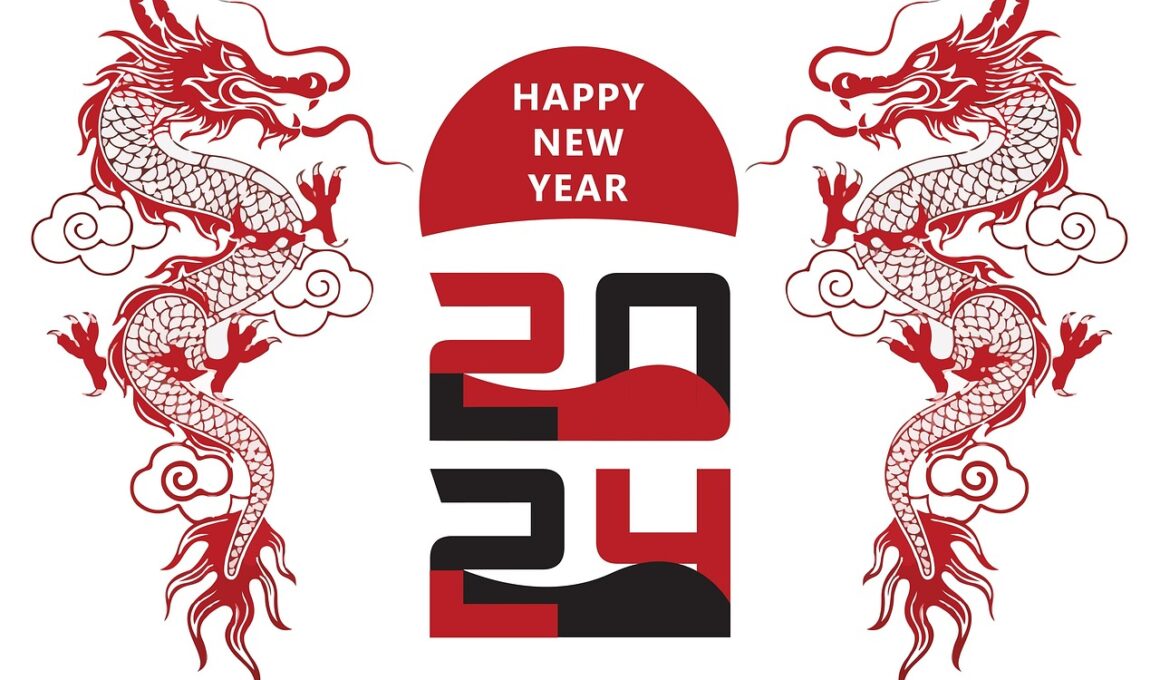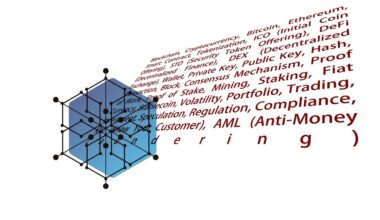Top DeFi Platforms to Watch in 2024
The world of Decentralized Finance (DeFi) has seen remarkable growth, with innovative platforms leading the charge. Among these, Uniswap stands out for its pioneering automated market-making (AMM) technology. This allows users to trade various cryptocurrencies directly without going through centralized exchanges. As we enter 2024, Uniswap is expected to launch even more features, enhancing liquidity and user experience. Compound, another notable platform, has revolutionized lending and borrowing in the crypto space. Users can earn interest on their assets, making it a popular choice for passive income. Furthermore, with a strong focus on governance through its COMP token, users can vote on protocol changes. With these platforms evolving, investors need to stay informed to maximize their financial strategies. The DeFi ecosystem offers immense opportunities, but users must understand the risks involved as well. While security audits are becoming more common, vulnerabilities can still lead to significant losses. Everyone interested must conduct thorough research and understand each platform’s operating mechanisms to make the most informed decisions.
Emerging DeFi Market Trends
As the DeFi landscape continues to expand, new trends are emerging that could significantly alter how we interact with financial products. One of these trends is the rise of Liquid Staking, which allows users to stake their assets while still maintaining liquidity. This helps users earn rewards without locking up their funds for extended periods. Protocols like Rocket Pool and Lido are at the forefront of this trend, offering unique solutions to maximize profits and minimize risks. Additionally, Yield Optimization Platforms, such as Yearn Finance, gather users’ funds and allocate them into different protocols to maximize returns. These platforms have the potential to democratize complex investment strategies, making them accessible to everyone. Educating oneself on these trends is essential as we move toward 2024. By understanding the capabilities and potentials of emerging platforms, investors can adjust and optimize their strategies accordingly. However, as always, a careful approach is advised, and diversifying investments can be a way to mitigate potential risks in the rapidly evolving DeFi ecosystem.
Another area of interest within the DeFi space is the rise of Insurance Protocols. As more individuals and institutions invest in digital assets, there’s a growing need for security against various risks, such as hacks and smart contract failures. Companies like Nexus Mutual offer decentralized insurance solutions, allowing users to protect their investments from unforeseen events. These platforms leverage community participation to assess risks and claims, making them innovative alternatives to traditional insurance. Expect a significant increase in the adoption of such services in 2024 as more people acknowledge the importance of risk management. However, users should remain cautious, thoroughly reviewing coverage options, claims processes, and terms before purchasing insurance in the DeFi realm. Transparency and community trust are crucial factors when choosing an insurance provider. Additionally, the user experience must also be seamless as more individuals enter this complex domain. DeFi insurance is likely to become an integral part of financial strategies, providing the necessary security that investors require. The combination of growing awareness and innovative solutions suggests that insurance protocols will play a pivotal role in the DeFi landscape in the coming year.
Interoperability and Cross-Chain DeFi
Interoperability is one of the most significant trends shaping the future of DeFi. Platforms that allow seamless transactions across multiple blockchains are gaining traction, with examples like Thorchain leading the way. This kind of cross-chain solution enables users to swap assets across networks, enhancing liquidity and asset accessibility. The need for such platforms is becoming more apparent as users diversify their portfolios across various blockchains. Moreover, solutions like Wrapped Tokens are facilitating broader access to different assets, boosting overall market efficiency. As we look towards 2024, users should keep an eye on projects that focus on interoperability. These platforms tend to provide more flexibility and usability for investors. Yet, challenges remain, particularly in terms of security and complexity. It’s essential to carefully study the technology behind these platforms to minimize risks when transferring assets. Engaging with community discussions can also provide insights into what can be expected from these evolving technologies. Understanding the potential and risks associated with cross-chain DeFi will empower users to make strategic choices in their investment journeys.
The role of governance in DeFi projects is increasingly significant, and platforms like Aave are at the forefront of this movement. Aave’s governance model allows token holders to propose and vote on changes to the protocol, ensuring community involvement in critical decision-making processes. This participatory approach leads to a greater sense of ownership and accountability among users. In 2024, platforms that emphasize governance are likely to attract more users who value decentralization and community-driven development. Another intriguing aspect is the rise of DAO (Decentralized Autonomous Organizations), where community members collectively make choices about future directions and features. Engaging in such structures can not only enhance the platform’s offerings but also foster a sense of community belonging. Users looking to invest should consider how these governance models align with their values and investment goals. Transparency and voter engagement are essential indicators of the health of such protocols. As DeFi continues to mature, expect governance to remain a central aspect of the ecosystem, influencing how projects evolve and gain user trust.
The Importance of Security in DeFi Platforms
The rapid evolution of DeFi platforms has prompted a parallel focus on security measures. Despite the promise of decentralization, vulnerabilities in smart contracts can lead to major financial losses. As such, platforms like OpenZeppelin provide essential security audits, helping developers identify weaknesses before they can be exploited. Additionally, the implementation of insurance solutions acts as a safety net for investors, mitigating risks associated with potential hacks. Understanding the security framework within DeFi is critical for both developers and users. In 2024, platforms that prioritize security features will likely gain a competitive edge and build user trust. Furthermore, various decentralized exchanges (DEXs) are adopting measures such as liquidity pools and slippage protection to improve user experience and safety. Investors should prioritize platforms with solid security records and robust protective strategies. Participating in community forums can also provide insights into ongoing security measures and risk mitigation strategies. As DeFi becomes more mainstream, the emphasis on security will play a vital role in shaping the future of financial technology.
In addition to security, user experience remains a focal point for DeFi platforms aiming to broaden their appeal. As new users enter the DeFi space, platforms like MetaMask are streamlining the process of interacting with decentralized applications (dApps). User-friendly interfaces, educational resources, and responsive customer support are key elements driving adoption. In 2024, platforms prioritizing user experience are likely to see significant growth. Intuitive design can make the complex landscape of DeFi more accessible to those unfamiliar with blockchain technology. Moreover, mobile compatibility is becoming increasingly important, allowing users to manage their assets easily on the go. By focusing on creating a seamless experience, DeFi platforms can foster a diverse user base. Advanced analytics tools are also emerging, helping users make informed decisions about their investments. Understanding customer needs and pain points will drive innovation within the market. As competition heats up in the DeFi sector, enhancing user experience will be a critical differentiator among successful platforms, helping to ensure sustained growth and customer loyalty.
Conclusion and Future Outlook for DeFi
The DeFi space presents tremendous potential for growth and innovation, particularly as we move to 2024. Key platforms leading the charge are continuously evolving and adapting to market demands, thereby creating more opportunities for users. The integration of security features, improved user experiences, and governance structures will likely make DeFi more appealing to a larger audience. As new trends emerge, investors must remain mindful of the associated risks while navigating this rapidly-changing landscape. The strength of community participation will remain essential; hence users should actively engage with their chosen projects to stay informed. Education will play a pivotal role in achieving successful outcomes in this dynamic environment. By understanding the potential benefits and risks associated with various DeFi platforms, investors can make informed decisions that align with their financial goals. Looking ahead, valuing transparency and security in DeFi projects will foster trust and reliability within the community. As 2024 approaches, the potential for further breakthroughs in DeFi is immense, making it an exciting time for enthusiasts and investors alike, eager to explore the evolving financial landscape.


